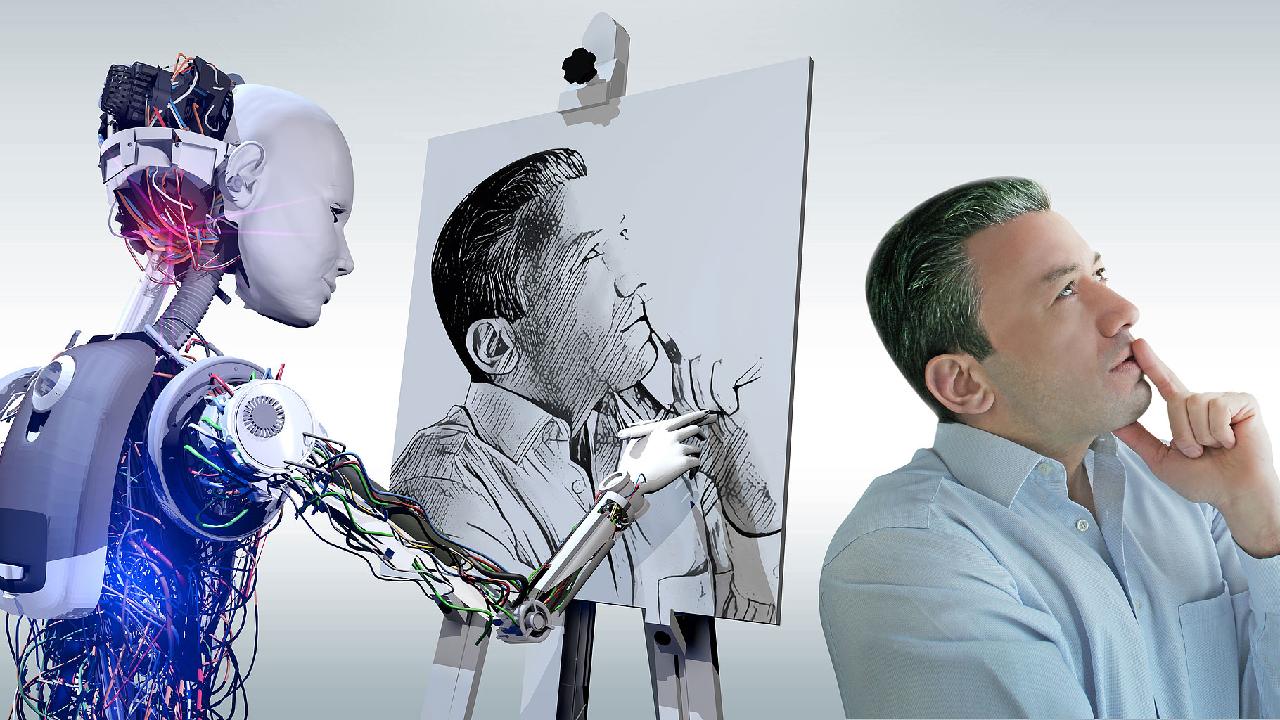Miniaturized Imaging Tech Advances Neuroscience

The development of a miniaturized multicolor two-photon microscope by Chinese scientists represents a significant advancement in brain imaging technology, potentially altering the landscape of neuroscience research. This innovation is not merely a feat of engineering; it opens avenues for understanding the intricate workings of the brain, which has long been likened to the universe in its complexity and depth. The ability to observe neural activity in real-time and in color adds a dynamic dimension to traditional imaging techniques, effectively transforming static biology into a vivid, living spectacle.
Two-photon microscopy is already renowned for its ability to dive deep into biological tissues with less damage, thanks to its unique method of excitation and absorption. The breakthrough lies in the creation of ultra-broadband hollow core fibers which allow for the transmission of multiple wavelengths, a stark contrast to previous technologies which could only deliver a single wavelength of light. This new microscope can observe various types of brain cells simultaneously, each labeled with different fluorescent colors. Imagine watching a bustling city where each neighborhood can represent a different type of resident; this microscope facilitates such diverse observation, enhancing our understanding of how different cells coordinate and communicate.
The implications of this technology are profound. It can potentially revolutionize the way we research complex brain diseases such as Alzheimer's, enabling scientists to visualize the interdependent activities of neurons and their mitochondria in the presence of plaques. This real-time visualization can expedite our comprehension of how diseases progress and inform the development of neuropharmaceuticals. As this technology matures, it may serve as a pivotal tool for developing brain-computer interfaces, which could redefine how humans interact with machines and each other.
In conclusion, the miniaturized multicolor two-photon microscope is more than just a technological marvel; it is a beacon of possibility for neuroscience. By providing clarity and detail in the observation of brain activity, it promises to enhance our understanding of the organ that defines our very existence. As we stand on the precipice of this new frontier, one must wonder: what further revelations await us in the depths of the brain's colorful complexities?
Read These Next

AI Videos Showcase China's Drive for Technological Self-Reliance
AI-generated videos showcase China's tech self-reliance, highlighting government support and rapid growth of domestic AI tools.

China Sees Rise in HMPV Infections Not a New Virus
China sees rising human metapneumovirus (HMPV) infections, raising health concerns, especially for children and the elderly.

China's Jiaolong Submersible Achieves New Deep-Sea Mission Records
China's Jiaolong submersible sets new deep-sea records after upgrades, enhancing efficiency and reliability in 10 dives.
